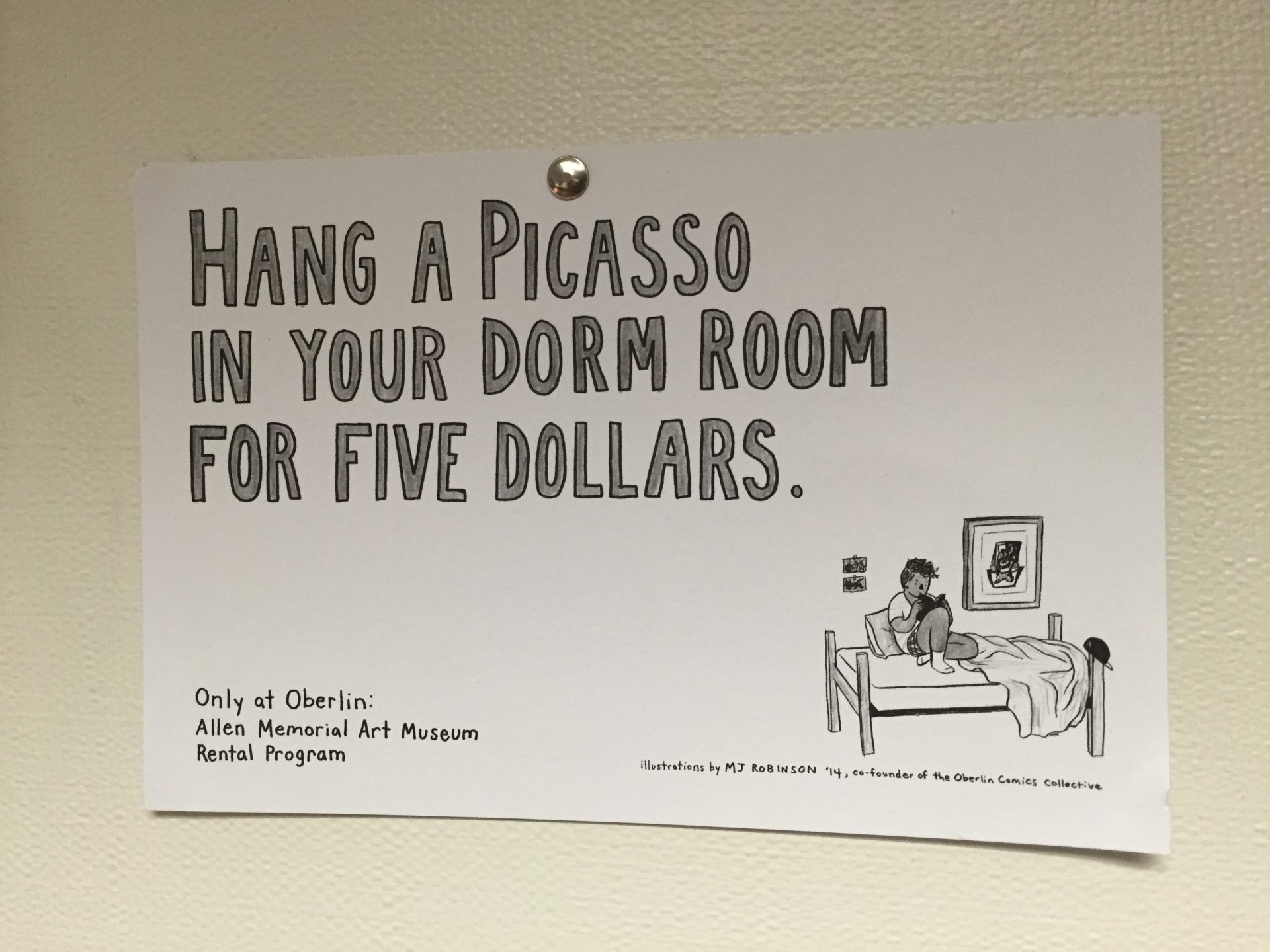Big college scholarships: Do they exist as readily as you might have heard or are they unattainable for the “average” student? I often hear from prospective students and their families who are convinced there aren’t as many scholarships out there as they’ve been told, or they just have no idea how to find them.
As college-bound high school students finalize their lists and begin the application process, their parents may be left wondering: “Where’s the money for college?”
One of the places that parents start their search for extra money for college is on websites that provide a list of scholarships, including niche scholarships for things like athletics or particular areas of study.
There are several websites to choose from, and I especially like collegexpress.com for its variety of options. As parents are looking through these options, they may end up thinking, “Wow, we could have been applying for these scholarships a long time ago.” And yes, that’s true! In fact, many there are many scholarship applications available for students as young as 13 years old.
So parents shouldn’t wait until junior or senior year to start asking “Where’s the money for college scholarships?”
Lottery scholarships.
When I’m counseling students each year, I don’t want families to leave any money on the table.
Some students apply to these “lottery” scholarships (I refer to them with this term because of the low chances of “winning” the scholarships.)
When you look at the fine print text of the instructions, you’ll learn that the chances of winning are often based on the number of submissions. These scholarships are indeed quite competitive. Even for a prestigious scholarship like the Coca-Cola Scholarship, there are thousands of students with strong ACT/SAT scores and perfect GPAs.
Instead of putting all your eggs in the outside scholarship basket, students should consider scholarships directly from colleges. That’s where the real big money for college is found.
Don’t believe me? My students have received scholarship awards ranging from $40,000 to $300,000. These scholarships came directly from their colleges.
Now, let’s go over how they did it.
How my students earned big scholarships.
Colleges are recruiting students who will contribute to their campus community in a myriad of ways.
Here are five real-world examples of merit scholarships that my students have received and what they did to earn these awards:

CASE STUDY 1: Scholarship for fine and visual arts.
To obtain these awards, students submitted a portfolio as part of the application process. Much of their portfolio preparation was completed during the summer before senior year.
I also encouraged them to attend a National Portfolio Day as a way to get feedback on their portfolios before they submitted it to colleges. Students also took advantage of the National Portfolio Day to learn about potential colleges they wanted to visit.
The subsequent campus visit reinforced their interest in some colleges and further helped with securing scholarship awards.
By the way, campus visits don’t have to be agonizing for students or their parents. Here are 5 tips for a stress-free campus visit.
CASE STUDY 2: Scholarships to travel abroad.
There are a number of college scholarships that are posted on a college’s website and listed in my firm’s online portal.
My students have applied for a number of these scholarships. Several of them have been for travel funds to study abroad. Students submit an essay discussing how they would benefit from traveling abroad as part of the application process. In most cases, these were short essays, which I think are harder to write!

CASE STUDY 3: Scholarships to do research with faculty mentors.
There are several colleges that seek students who are interested in research. (One of the colleges that I found particularly advanced in its research scholarship offerings is Clark University.)
My students who received these college scholarships had all demonstrated their interest in research through summer experiences. The summer experiences included working in a laboratory, conducting research through a formal summer program offered at a university, or continuing a project with a high school teacher.
CASE STUDY 4: $100K+ scholarships.
These awards went to students who expressed interest in a specific department or program featured at that college.
Students wrote about their interests in supplemental essays and had also demonstrated interest in that particular area through a summer experience. Their interests ranged from departments of business to natural sciences to engineering.
Several colleges required essays for a particular named niche scholarship and a few offered invitation-only interviews. Colleges are seeking different types of students and will offer niche scholarships to attract THAT student.
Want to learn more about writing essays for college? Don’t miss this podcast where I break down the best practices.
CASE STUDY 5: Scholarships for being MALE.
I don’t know how else to say this, but there’s been a trend over the years where my male students get awarded more money.
This is the only common attribute that I’ve found…some of them didn’t even have the strongest GPA or high school resume. (Go figure, right?) A college admissions officer from a well-known Florida university even stated at a professional conference that:
“We gather all the applications from males first, review their credentials, award scholarships, send their offers and wait on their response. Then we look at the female application pool…Frankly, we need more males on our campuses.”
Yes—I was shocked to hear this too! But the fact that more women are enrolling in college means that a number of campuses have more women. Colleges that seek to reach a 50/50 gender balance will continue to award these scholarships.
Okay, now tell me what you’re thinking. What have you been doing to find more money for college?
Are you looking for one-on-one guidance for how to get into (or pay for) college? Click here for help.
If you enjoyed this post, don’t miss these either:
Living Off-Campus: Pros and Cons
Colleges with Free Laundry: A Time and Money Saving Consideration
This article was updated from the original post from 19th September 2016






